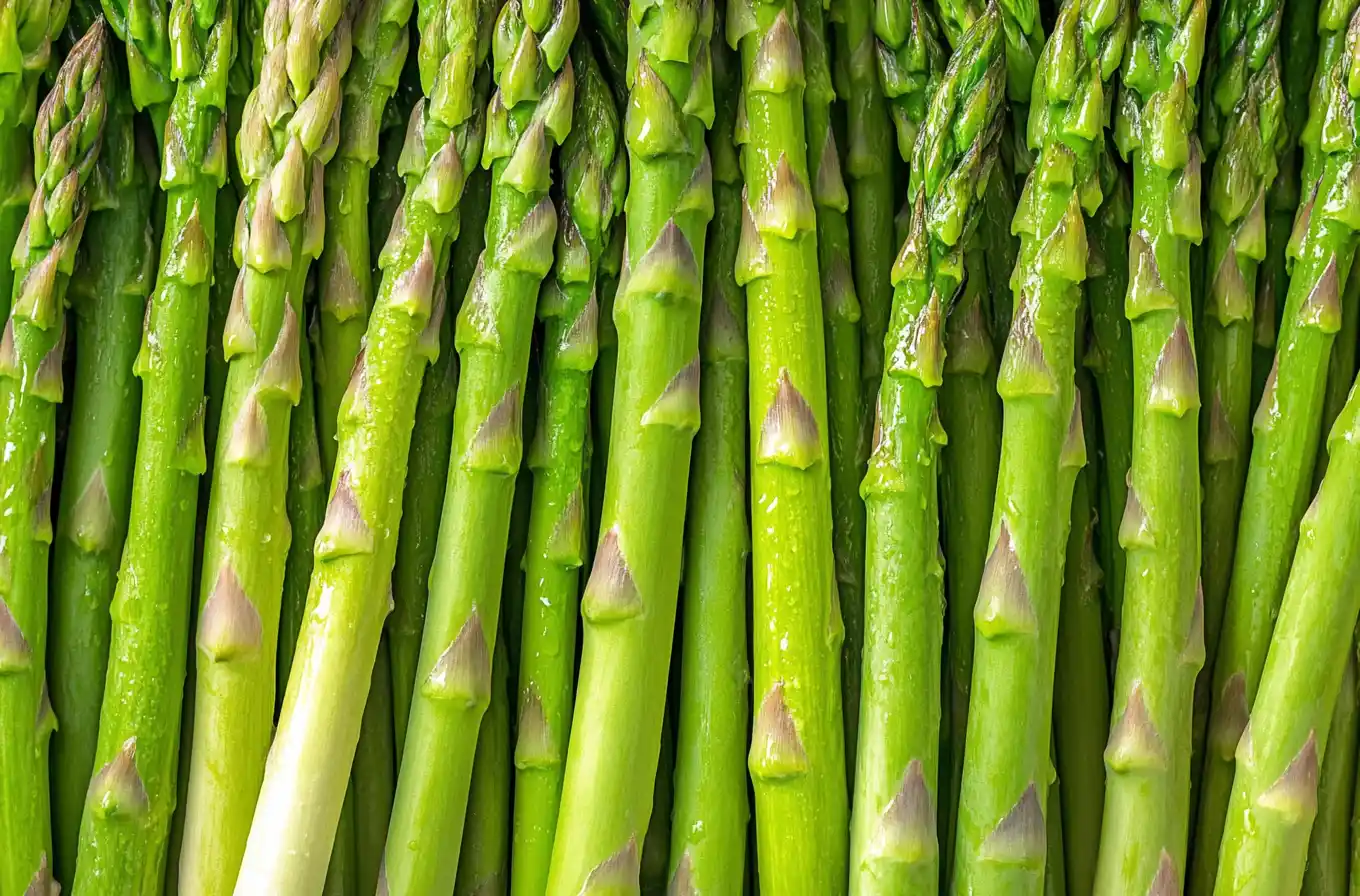Imagine planting a vegetable garden once—and enjoying harvests year after year without replanting. That’s the beauty of perennial vegetables. Unlike annual crops that need to be sown every season, perennial vegetables come back stronger each year, saving you time, effort, and money.
Not only are perennial vegetables a sustainable choice, but they also offer exceptional resilience and long-term productivity. Many are more nutritious than their annual counterparts, require less water, and enrich the soil naturally over time. For gardeners seeking low-maintenance yet high-yield food sources, perennials are a smart investment.
Whether you’re new to gardening or looking to upgrade your edible landscape, this guide explores 12 reliable and rewarding perennial vegetables to grow—perfect for building a thriving, eco-friendly garden that keeps giving.
Table of Contents
Why Grow Perennial Vegetables?
Growing perennial vegetables isn’t just about convenience—it’s a transformative way to garden that supports soil health, biodiversity, and your long-term food goals. Here’s why these plants are a game-changer for gardeners:
Low Maintenance & Self-Sustaining
Once established, perennial vegetables are incredibly low-effort. They don’t need to be replanted each season and often require less fertilization and care. These hardy plants adapt to their environment, becoming more resilient to pests, diseases, and weeds over time. In fact, some grow so vigorously that they need regular harvesting just to keep them in check.
Earlier and Extended Harvest Periods
Because they’re already rooted and growing when spring begins, perennials often produce food earlier than annuals. Take asparagus, for example—it’s one of the first vegetables ready to harvest in early spring. This extended harvest window means you’ll enjoy fresh produce while annual crops are still just sprouting.
Multi-Purpose Garden Enhancers
Many perennial vegetables double as ornamental plants, hedges, or living mulch. Some fix nitrogen in the soil, reduce erosion on slopes, or act as habitat for pollinators and beneficial insects. Others, like climbing perennial vines, even provide natural shade for more sensitive crops.
Soil Builders and Carbon Champions
Perennial vegetables play a key role in soil regeneration. Their roots help hold soil together, improving structure and water retention. As leaves and roots decompose, they add organic matter and nutrients back into the soil. Over time, they even assist in carbon sequestration, supporting a healthier planet.
Perennials That Behave Like Annuals (and Vice Versa)
While most perennial vegetables return reliably year after year, climate and regional conditions can influence how certain crops behave in your garden. It’s important to understand these nuances so you can plan accordingly.
Perennials Grown as Annuals
Some true perennials are grown as annuals in North America due to pests, diseases, or climate challenges. A great example is the potato—technically a perennial, but often treated as an annual to manage crop rotation and soil health. Cold winters or overly wet conditions can also limit the longevity of certain perennials, leading gardeners to replant them annually.
Annuals That Behave Like Perennials
On the flip side, some plants typically grown as annuals may act like perennials in milder climates. Kale, for instance, is a biennial—it produces leafy growth in year one and flowers in year two. In zones 7–10, kale can thrive year-round and continue producing without replanting, especially if properly mulched or covered during colder months.
Understanding your hardiness zone and local growing conditions helps you get the most out of perennial and semi-perennial vegetables, making your garden more productive and sustainable.
12 Perennial Vegetables You’ll Love
Ready to grow a garden that keeps on giving? Here are 12 perennial vegetables that not only thrive year after year but also add flavor, beauty, and resilience to your landscape. Each of these crops offers unique benefits—and most are surprisingly easy to care for once established.
1. Asparagus
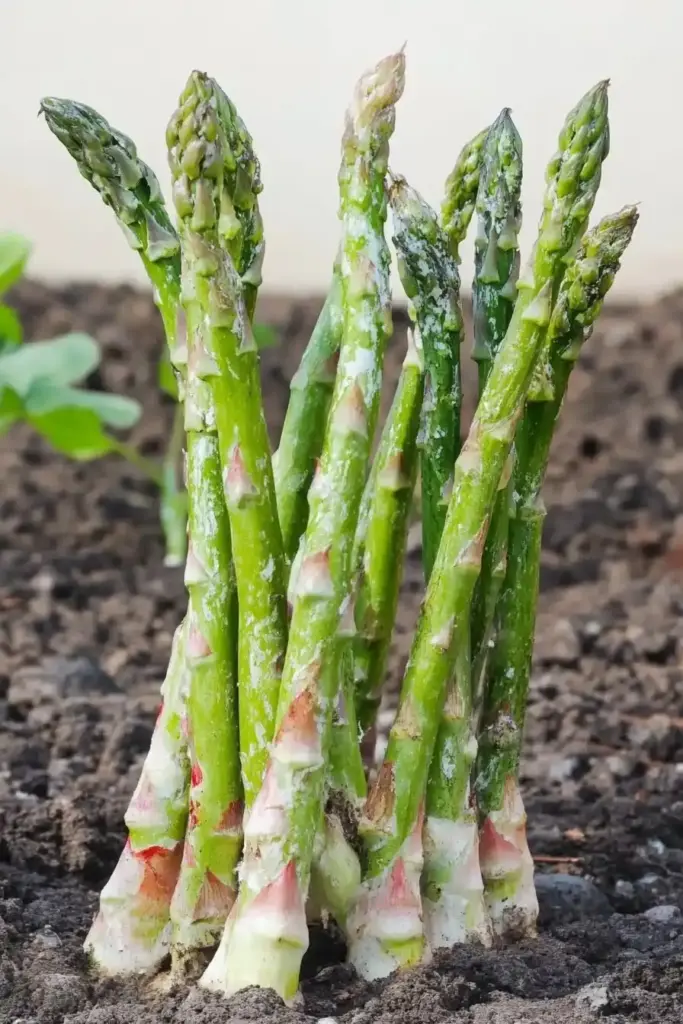
Asparagus is one of the most beloved perennial vegetables—and for good reason. Once planted and established, a single asparagus bed can yield tender spears each spring for 20 years or more.
- Establishment time: ~3 years from seed, or faster with 2-year-old crowns
- Sun needs: Full sun
- Planting tips: Use the trench method—dig a shallow trench, create a mound in the center, and spread roots over it before covering with soil
- Harvest: Sparingly in year 2, full harvest by year 3+
Pro tip: Mulch well to suppress weeds and retain moisture. Avoid overharvesting in early years to allow strong root development.
2. Rhubarb
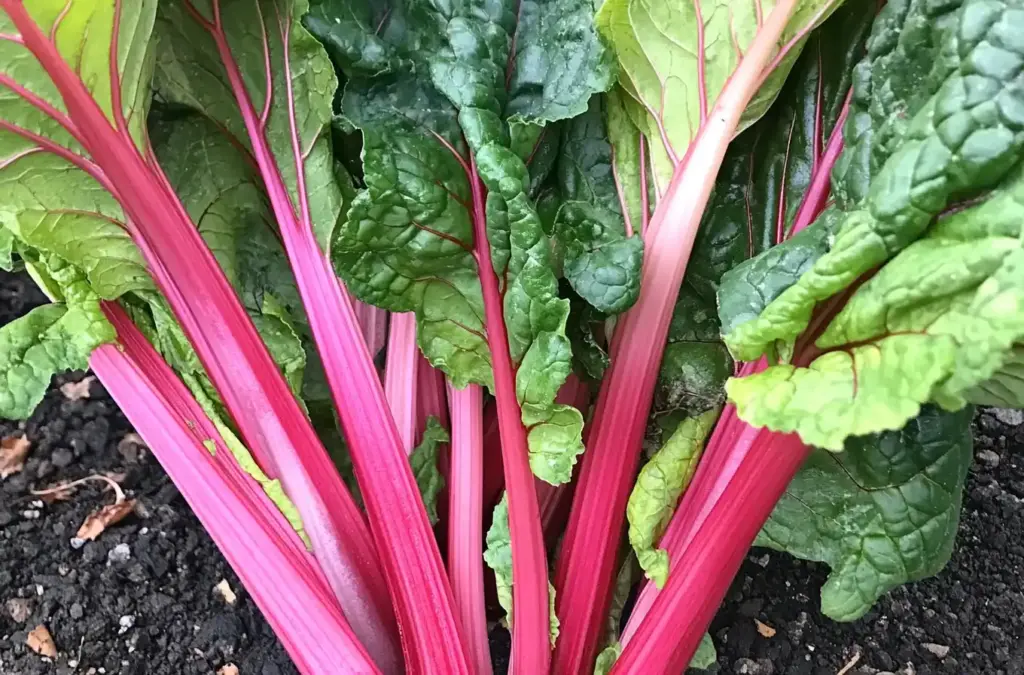
With its tart stalks and bold leaves, rhubarb is both decorative and delicious—perfect for pies, jams, and sauces. Just remember: the leaves are toxic and should never be eaten.
- Climate preference: Cooler climates with winter temps below 40°F
- Sunlight: Full sun
- Planting time: Early spring or fall (use one-year-old crowns)
- Care: Fertile, well-drained soil; mulch for moisture and weed control
Harvest stalks only once the plant is well-established—usually in the second growing season.
3. Kale
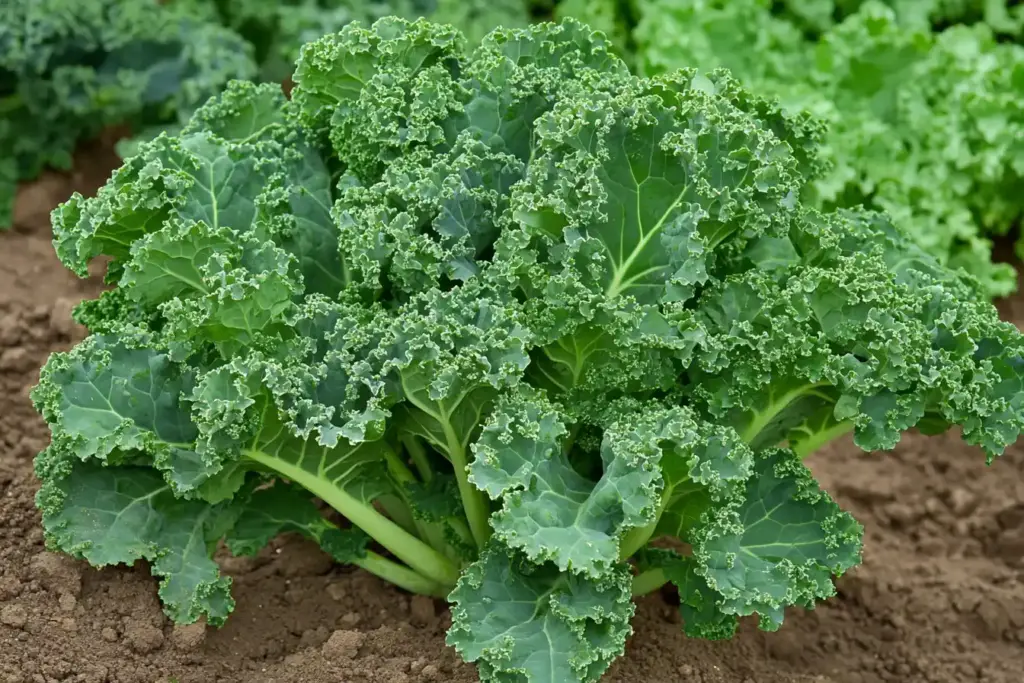
Often grown as an annual, kale is actually a biennial that behaves like a perennial vegetable in warmer zones. In USDA zones 7–10, kale can grow nearly year-round, providing a continuous supply of nutrient-rich greens.
- Growth cycle: Produces leaves in year one, flowers and seeds in year two
- Sunlight: 5–6 hours daily (can tolerate partial shade)
- Water: Regular watering; avoid soggy soil
- Zones: Perennial in mild climates, annual in colder regions
Tip: Let some plants flower in the second year to save seeds for future crops or encourage natural reseeding in your garden.
4. Garlic
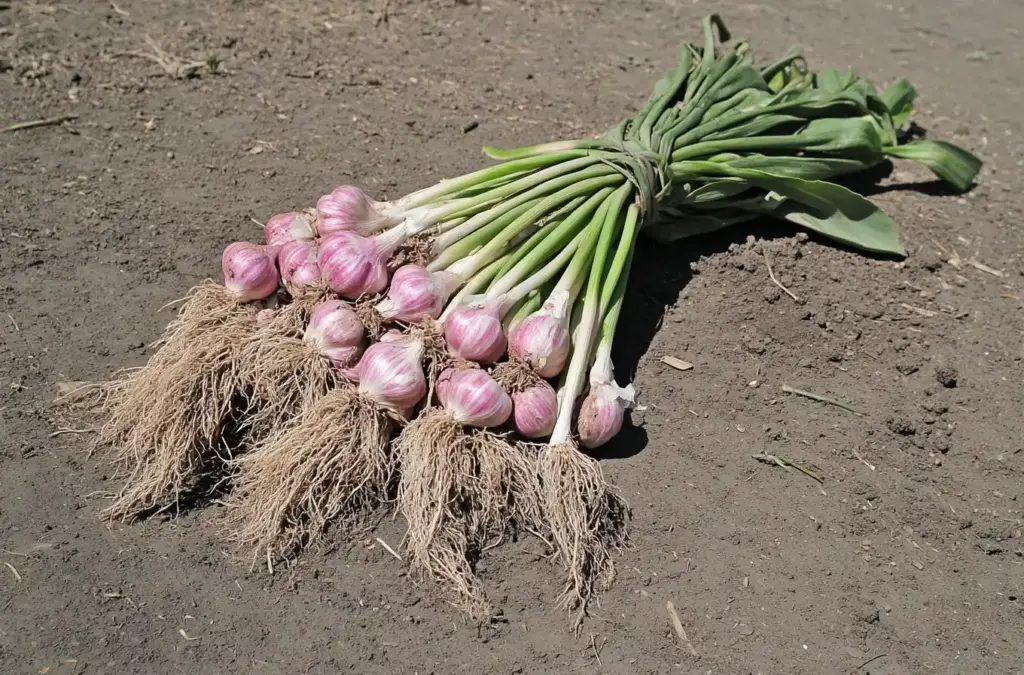
Garlic may be a biennial, but with the right conditions, it behaves much like a perennial—especially when cloves left in the soil sprout new growth year after year.
- Planting time: Fall is ideal; early spring in colder zones
- Sunlight: Full sun (at least 6 hours/day)
- Soil: Loose, well-drained; add compost for nutrients
- Cold exposure: Needs at least 1 month of near-freezing temperatures to form proper bulbs
Garlic is easy to grow and incredibly versatile. Plant individual cloves upright, with the pointed end facing up. Leave some behind after harvest to allow natural regrowth next season.
5. Radicchio
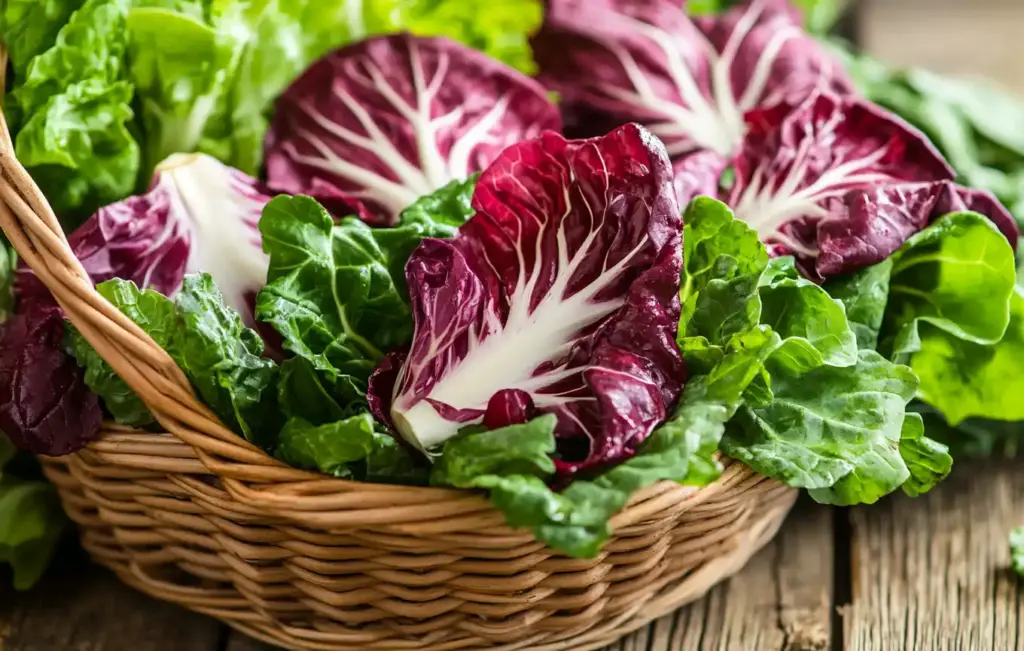
Radicchio is a cold-hardy biennial that often regrows after harvest, making it a valuable addition to your list of perennial vegetables, especially in cooler climates. Known for its slightly bitter, nutty flavor, it becomes sweeter when harvested in fall or winter.
- Planting options: Direct sow in spring or fall; can also be started indoors
- Sunlight: Full sun to partial shade
- Soil: Well-drained and fertile
- Harvest tip: Cut heads above the stem to allow regrowth
With proper care, radicchio can yield a second head from the same plant and may even survive mild winters with some protection.
6. Horseradish
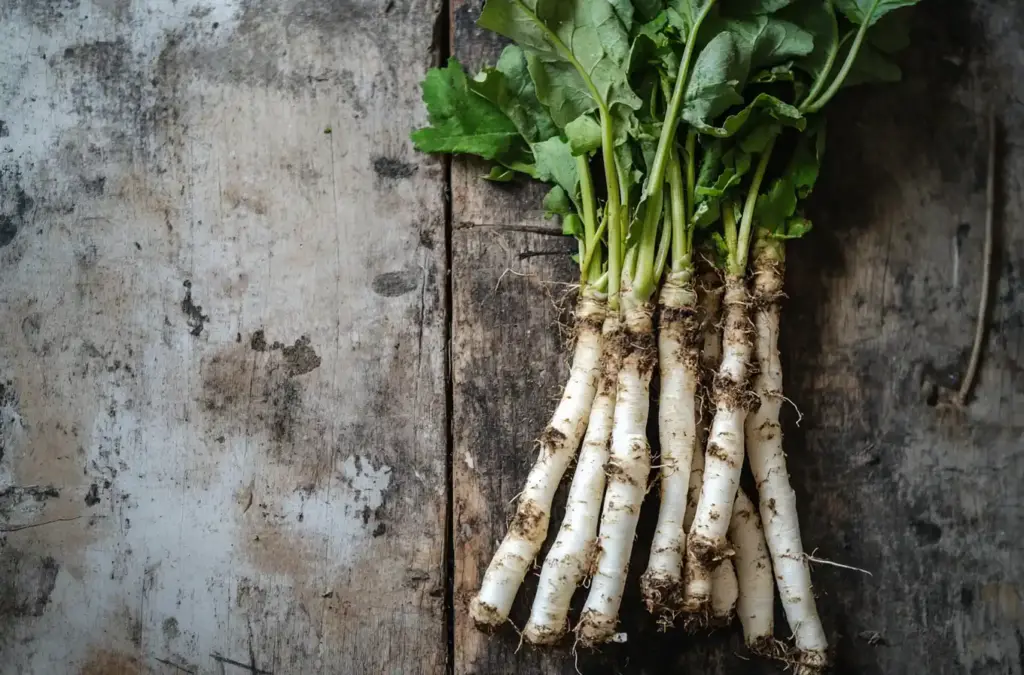
Love bold flavors? Horseradish is a powerful perennial root with a fiery bite. It’s incredibly hardy—but be warned—it’s also invasive if not managed properly.
- Best planted in: Containers or isolated garden beds
- Sunlight: Full sun
- Soil: Rich and loose for thick root development
- Harvest: After a few frosts in late fall for maximum heat
To control spread, always leave a few small roots in the ground during harvest. They’ll regrow next season without taking over your entire garden.
7. Globe Artichokes
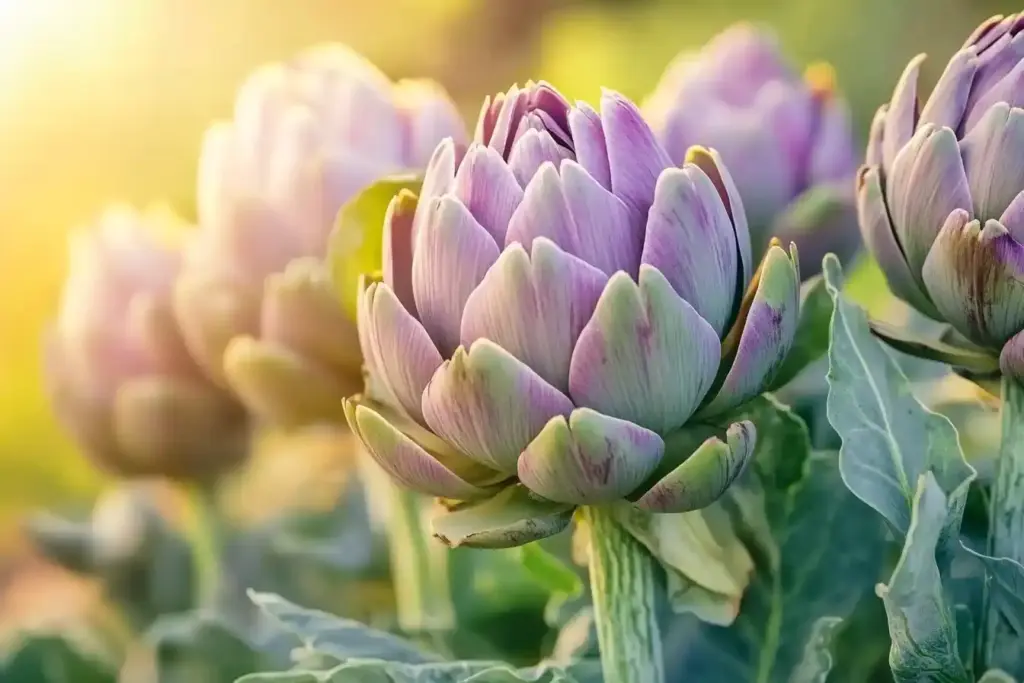
Globe artichokes are striking, edible perennials that double as ornamental showpieces in the garden. These thistle-family plants produce tender flower buds that are harvested before blooming—otherwise, they open into large, beautiful purple flowers.
- Zones: Hardy in zones 7–11; grow as annuals in cooler areas
- Sunlight: Full sun
- Water: Requires consistent moisture
- Soil: Enriched with compost; good drainage is essential
Plant root divisions or seeds in spring. In fall, cut back and mulch heavily to protect the crown during cold weather. With the right care, artichokes can produce multiple harvests each year, especially in mild climates.
8. Chives
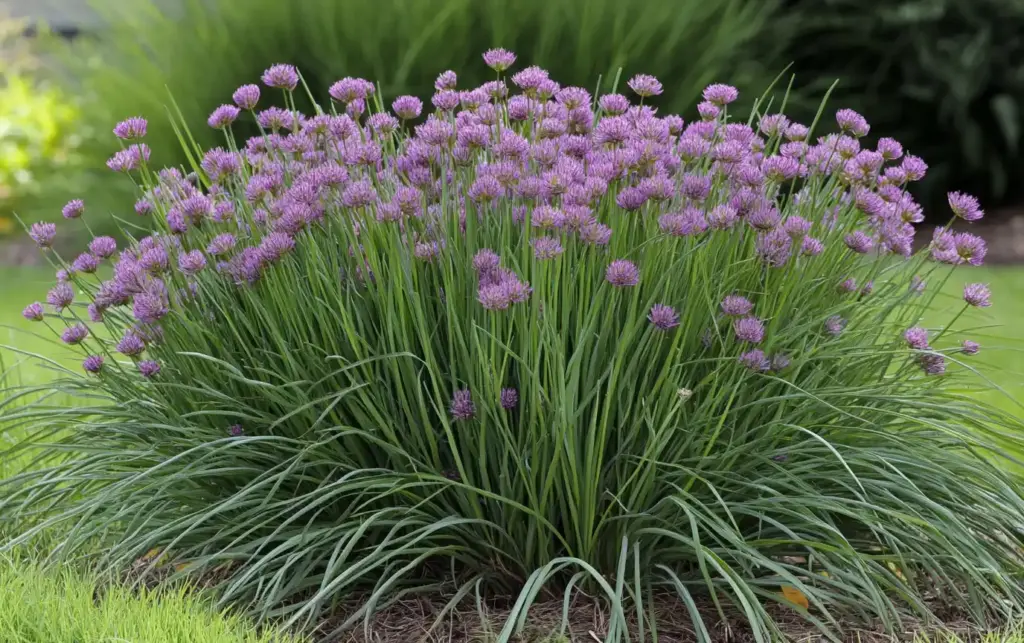
Chives are one of the easiest and most versatile perennial vegetables for any garden—indoors or out. Their slender, grass-like leaves and edible purple flowers add flavor and flair to salads, soups, and baked potatoes.
- Growing style: Indoors on a sunny windowsill or in garden beds
- Sunlight: At least 4–6 hours/day
- Water: Moderate—keep soil moist but not soggy
- Bonus: Self-seeding, so they come back bigger every year
Snip chives when they reach 4–6 inches tall. If you allow them to flower, they’ll drop seeds that enhance the plant’s size and spread with each growing season.
9. Watercress
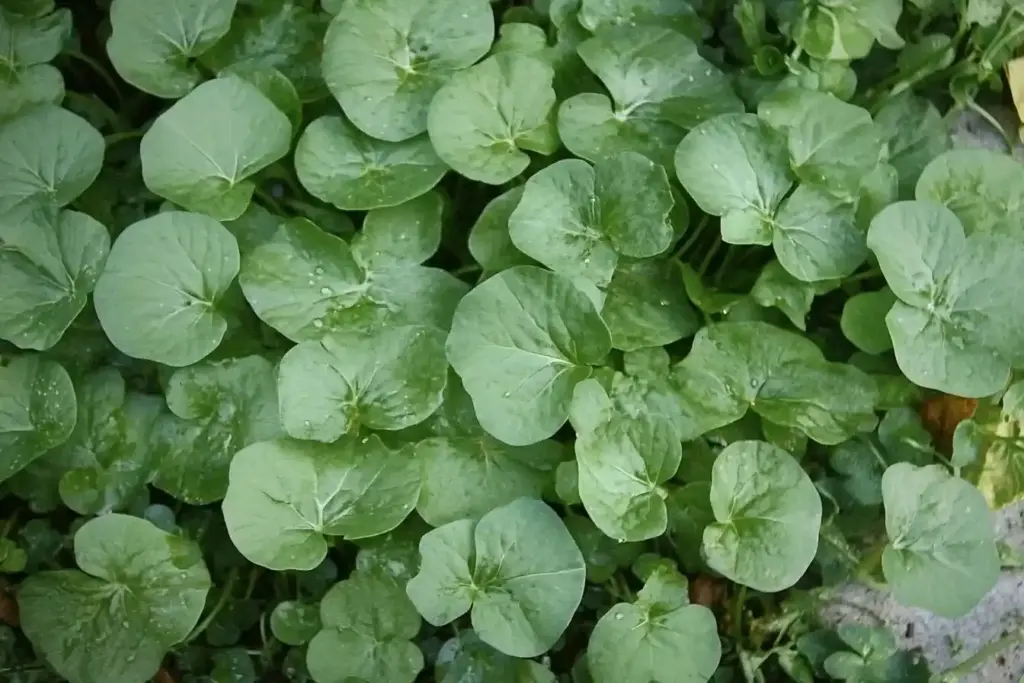
Watercress is a fast-growing aquatic perennial vegetable known for its crisp, peppery leaves. It’s ideal for gardeners with access to consistently moist soil or those who want to grow edibles in containers with water trays.
- Preferred conditions: Constantly wet soil or shallow standing water
- Light: Partial to full sun
- Planting method: Direct sow in spring, or grow year-round indoors
- Maintenance: Refresh water regularly to prevent stagnation
Watercress grows quickly and can be harvested by simply snipping the tops. With the right moisture levels, it will regenerate continuously and even self-seed in suitable environments.
10. Berries (Blueberries, Raspberries, Strawberries)
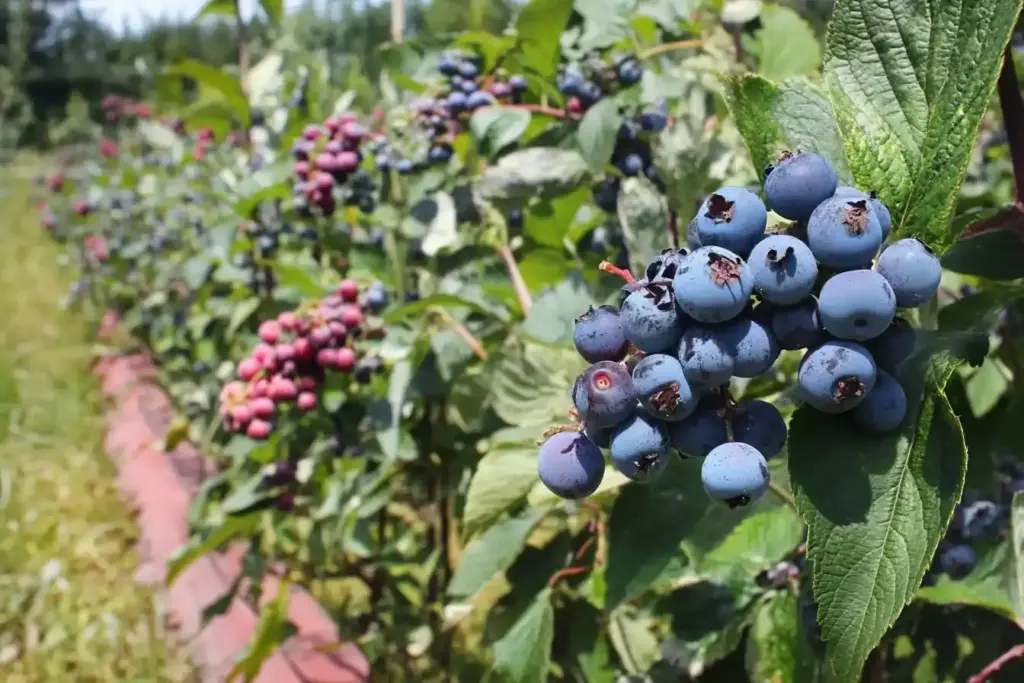
Although technically fruits, berries are excellent additions to any perennial vegetable garden for their long-term yield and soil-enriching root systems. They’re not only productive but also provide ground cover and erosion control.
- Soil needs: Slightly acidic and well-drained
- Sunlight: Full sun
- Water: Consistent, especially when fruiting
- Pruning: Essential for maintaining high yields
- Blueberries need a pH around 4.5 and thrive in cooler climates
- Raspberries love rich, slightly acidic soil and spread via suckers
- Strawberries send out runners and can carpet a garden bed within a few seasons
With proper mulching and pruning, berry patches can become perennial powerhouses, rewarding you with sweet harvests for years.
11. Jerusalem Artichokes (Sunchokes)
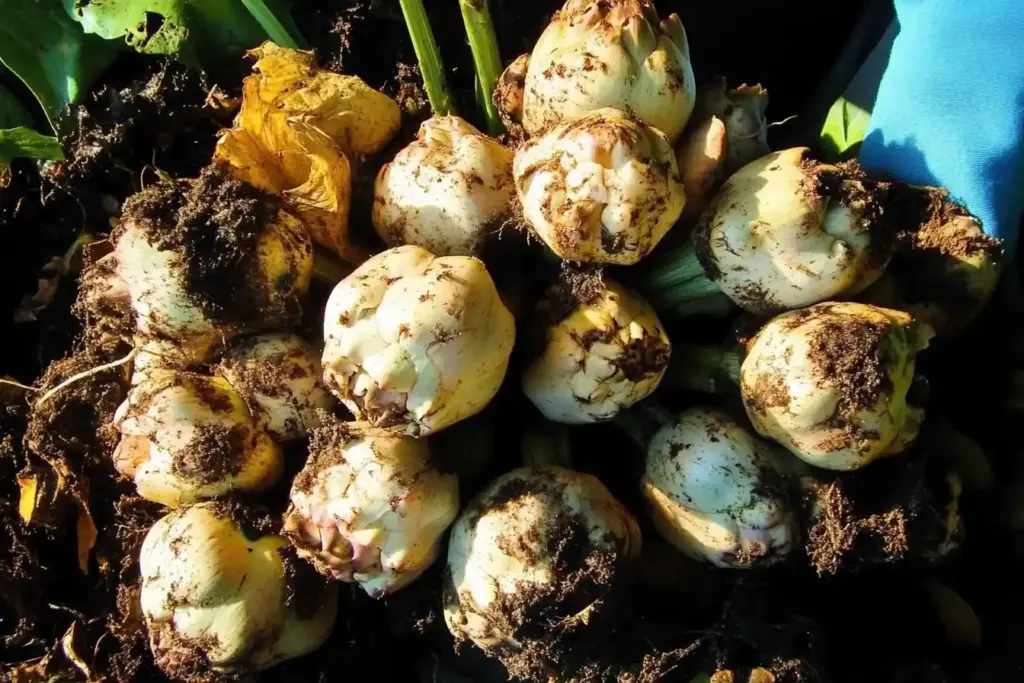
Jerusalem artichokes—also known as sunchokes—are robust, tuber-producing members of the sunflower family. These low-maintenance perennial vegetables are prized for their crisp, nutty flavor and incredible productivity.
- Planting time: Early spring
- Soil: Loose and well-drained
- Sunlight: Full sun
- Harvest: Late fall after frost for best flavor
Plant tubers about 3 inches deep. They’ll grow tall—often over 6 feet—making them great for natural privacy screens or windbreaks. Just leave smaller tubers in the ground during harvest to ensure the patch regenerates each year.
Note: Jerusalem artichokes can spread quickly, so plant them in a designated area to avoid them taking over your garden.
12. Sorrel
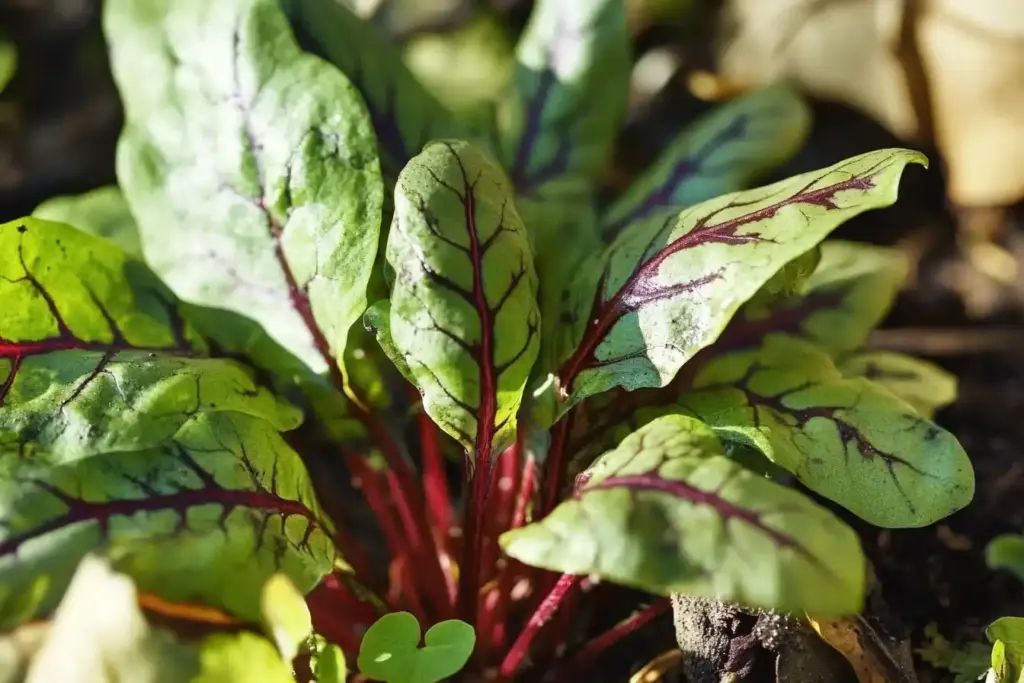
Sorrel is a leafy green with a tangy, lemon-like flavor, making it a zesty alternative to spinach. It’s one of the first greens to emerge in spring and returns year after year with minimal effort.
- Sowing time: Early spring to late summer
- Sunlight: Partial shade preferred
- Water: Regular moisture, especially during hot spells
- Soil: Moist, well-draining, and rich in organic matter
Once established, sorrel will thrive for years. Just avoid disturbing the roots in fall, and it’ll come back stronger each spring. Harvest leaves when young for salads, or cook larger ones in soups and sauces.
Frequently Asked Questions (FAQ)
1. What are perennial vegetables?
Perennial vegetables are plants that live for more than two years and continue to produce edible harvests without the need to replant each season. Unlike annuals, they establish long-term root systems and come back stronger year after year.
2. Are perennial vegetables better than annuals?
Perennial vegetables offer several advantages over annuals, including lower maintenance, earlier harvests, improved soil health, and reduced water and input requirements. They’re ideal for sustainable, low-effort gardening.
3. Do perennial vegetables need special care?
Most perennial vegetables are quite hardy once established. However, they benefit from seasonal mulching, occasional pruning, and periodic soil enrichment with compost or organic matter.
4. Can I grow perennial vegetables in containers?
Yes! Many perennial vegetables like chives, horseradish, and watercress grow well in containers. Just ensure proper drainage, consistent moisture, and enough space for root development.
5. Will perennial vegetables survive winter?
It depends on the plant and your hardiness zone. Some, like asparagus and rhubarb, go dormant and return in spring. Others, like kale and sorrel, may need mulch or cover in colder climates to survive freezing temperatures.
6. How do I stop perennial vegetables from spreading too much?
Certain varieties, such as horseradish and Jerusalem artichokes, can become invasive. To control them, plant in containers or designated beds, and harvest regularly to prevent overgrowth.
Conclusion
Switching to perennial vegetables isn’t just a time-saver—it’s a smart, sustainable way to garden. By planting once and harvesting for years, you reduce the need for seeds, water, and soil disturbance while creating a more self-sufficient ecosystem in your own backyard.
These hardy plants enrich the soil, support pollinators, and offer a reliable source of nutritious food with minimal effort. Whether you’re designing a permaculture plot or simply want to cut down on seasonal replanting, perennial vegetables are a rewarding choice for eco-conscious and efficient gardening.
Start small, plant smart, and let nature do the rest.

